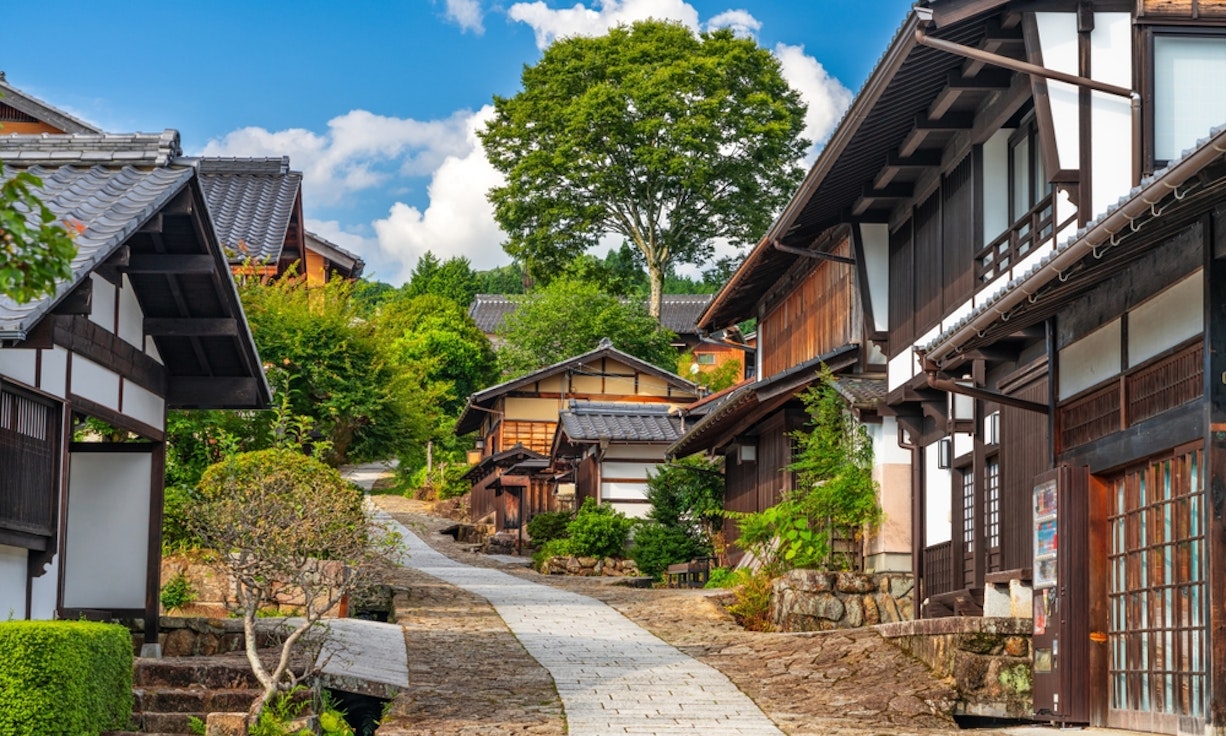
The Nakasendo Trail is an old walking route that connected Tokyo and Kyoto during the Edo period. Today, you can still walk parts of this trail.
One of the easiest and most beautiful sections is the hike from Tsumago to Nagiso. It’s a short walk through forests and small villages, perfect for people who want a relaxing day in nature and history.
You’ll start your journey by going to Nagiso Station, the closest train station to Tsumago.
If coming from Nagoya:
Take the JR Chuo Line toward Nakatsugawa or Shiojiri.
Get off at Nagiso Station. (The trip takes about 1.5 hours.)
If coming from Tokyo:
Take the Shinkansen to Nagoya.
Transfer to the JR Chuo Line, then get off at Nagiso Station. (About 3.5 hours total.)
Tip: Try to arrive by 9:30–10:00 AM so you can enjoy the whole day at a slow pace.
Once you arrive at Nagiso Station, take a local bus or taxi to Tsumago—your hiking starting point.
Bus Ride Time: Around 10–15 minutes
Taxi: About 10 minutes if no bus is available
Walking from Nagiso to Tsumago: About 1 hour (if you want a longer walk)
Tip: Buses don’t run often, so check the schedule in advance or ask at the station information desk.
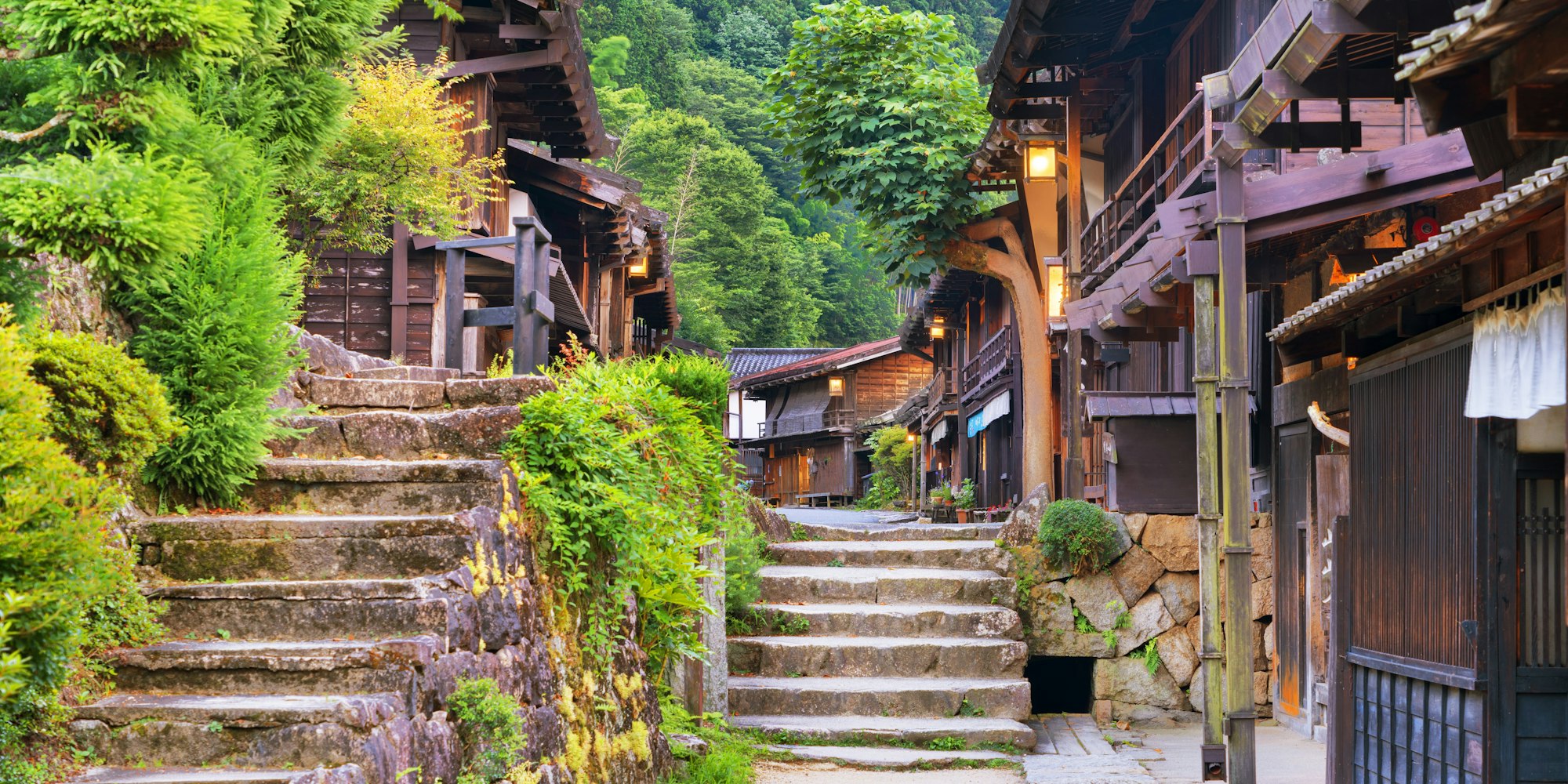
Tsumago is a quiet, beautiful village with traditional wooden houses. Cars are not allowed on the main street, which makes it feel like you’ve stepped back in time.
Things to Do in Tsumago:
✔ Walk down the main street and look at the old inns and shops
✔ Visit the Honjin and Waki-Honjin (samurai guesthouses)
✔ Take photos of wooden houses and mountain views
✔ Buy souvenirs like chopsticks, wooden crafts, or sweets
✔ Use the public toilets and fill your water bottle
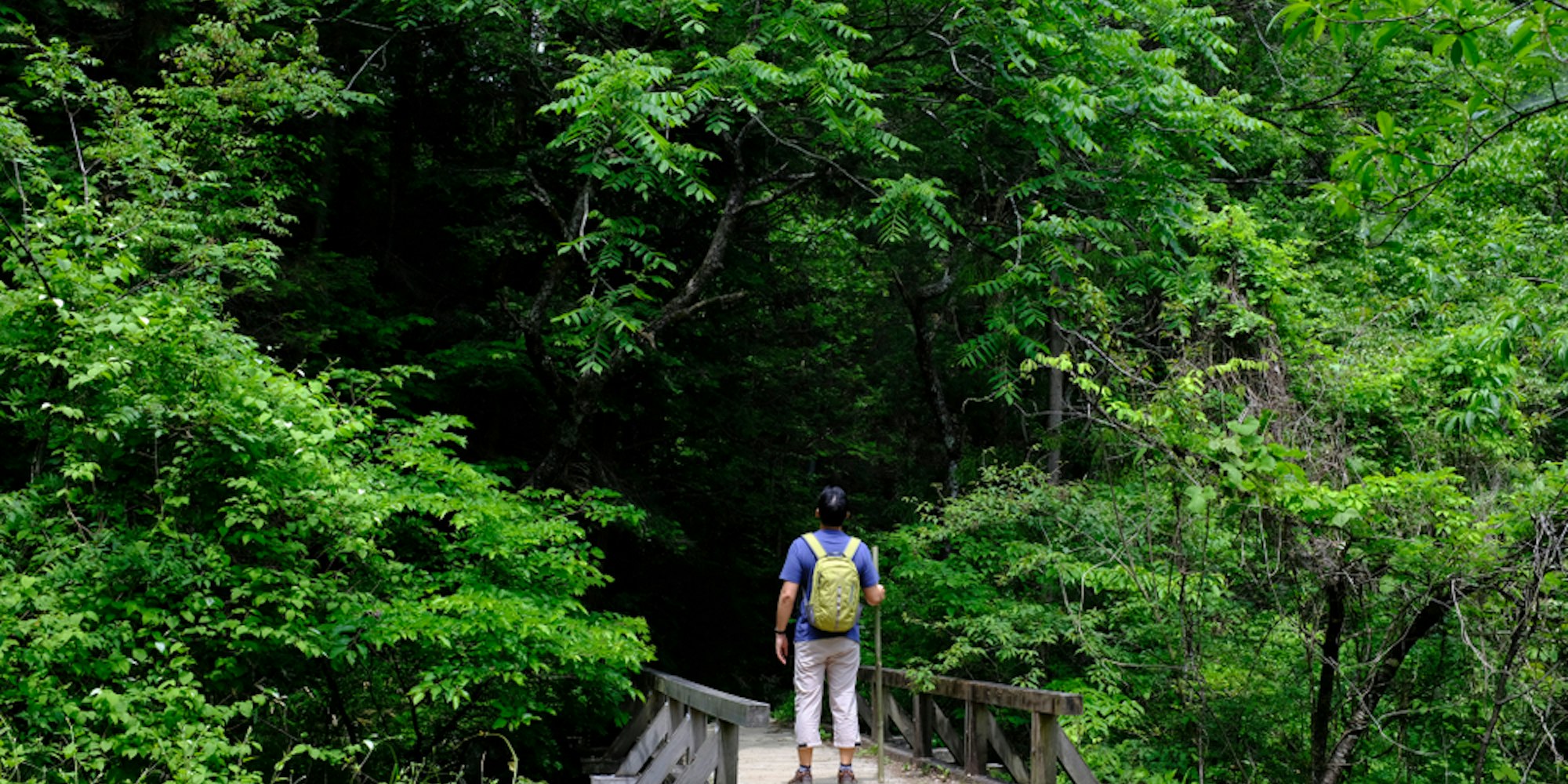
Distance: About 3.5 kilometers (about 2.2 miles)
Time: 1 to 1.5 hours (depending on your speed)
Difficulty: Easy — mostly flat or gently sloped
Trail Condition: Well-marked, shaded, and peaceful
This part of the Nakasendo Trail is short but beautiful. It takes you through forests, past old shrines, and quiet mountain paths.
✔ Tall trees and small forest paths
✔ Stone signs and statues from the Edo period
✔ Clear streams, wooden bridges, and birdsong
✔ Local homes and small farming areas near Nagiso
✔ Rest stops with benches for short breaks
Note: Along the trail, you’ll see bear bells. Ring them as you pass—not because bears are common, but just as a tradition and safety step.
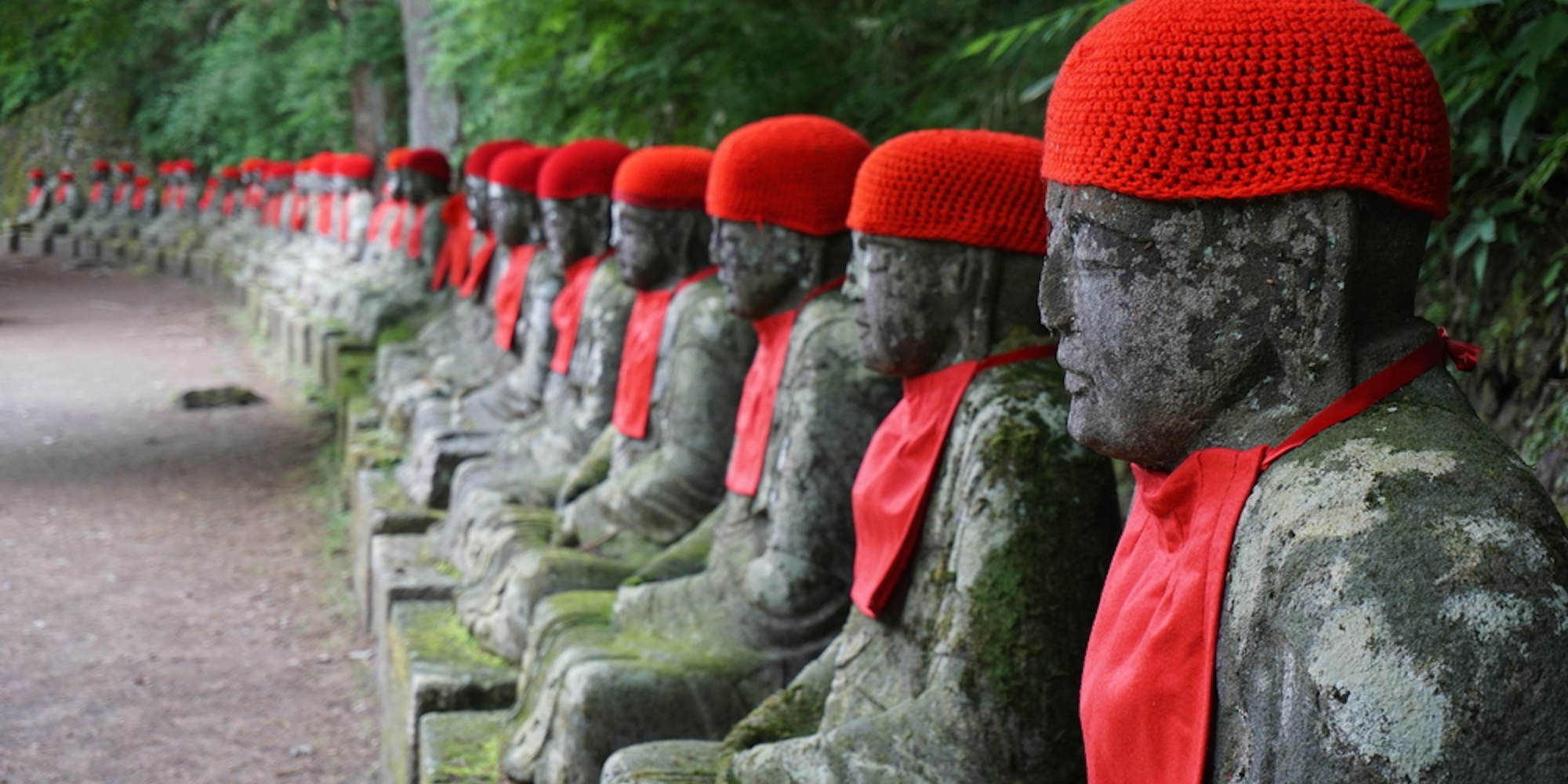
You’ll pass a few spots to stop and rest during the hike.
Ojizodo (Jizo statues) – Small shrine for travelers’ safety
Viewpoints – There are benches where you can rest and take photos
Trail Bells – Hang along the trail to scare off wild animals (bears are extremely rare—ring the bell as you pass)
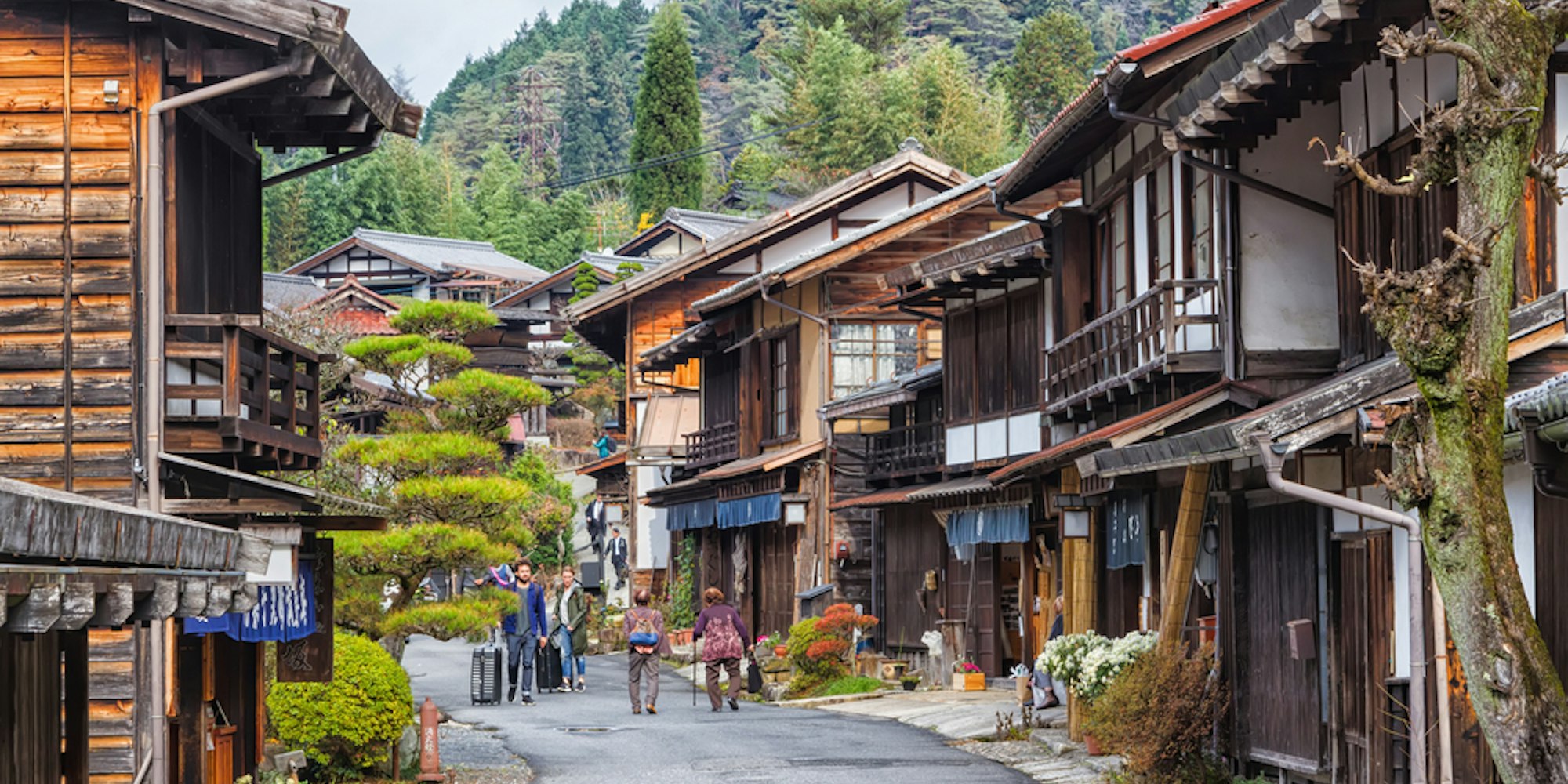
At the end of the hike, you’ll reach Nagiso Town. It’s small but friendly and a nice place to relax before heading home.
Things to Do in Nagiso:
✔ Rest at the park or riverside near the station
✔ Visit the Nagiso Town Museum if it’s open
✔ Check out the small shops or the local bakery
✔ Get a drink from a vending machine
✔ Use the restrooms before taking your train
Nagiso has a few small places to eat near the station and the town center. While it’s quieter than larger towns, there are still some good options.
Lunch Recommendations:
Otokichi – Soba noodle shop
Yamagiri Shokudo – Syokudo and Teishoku restaurant
Fujioto – Japanese regional restaurant
Konohanaya (Vegetarian-Friendly)
Note: Lunch hours are usually from 11:30 AM to 2:00 PM in small towns.
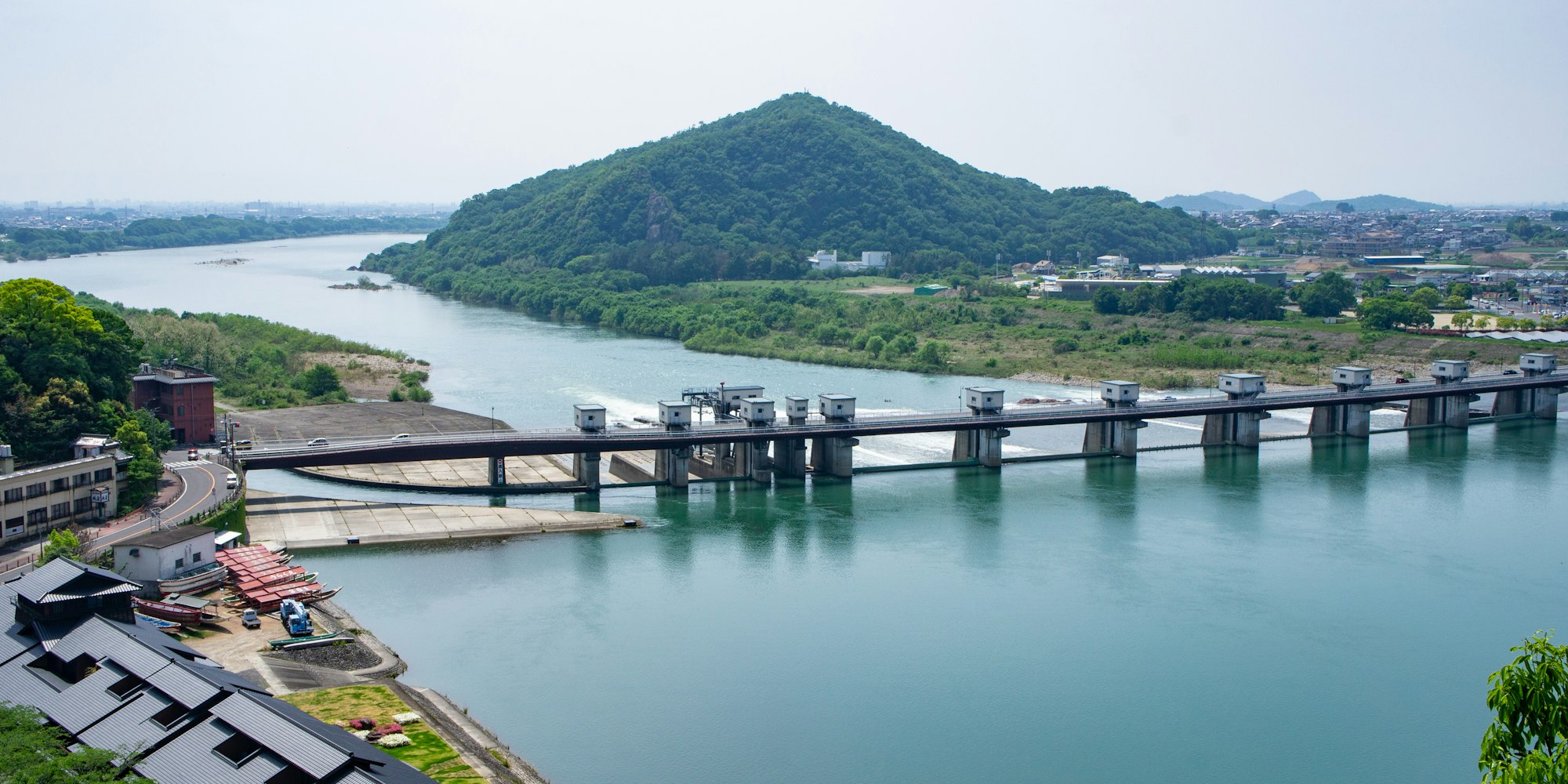
If you have more time before your train:
Walk Along the Kiso River
Relax at a Local Onsen (Hot Spring)
Try a Traditional Craft Workshop
When you’re ready to leave, take the train from Nagiso Station.
Where You Can Go:
To Nakatsugawa: About 30 minutes
To Nagoya: About 1.5 hours
To Tokyo: About 3.5 hours via Nagoya
Water bottle (refill in Tsumago or Nagiso)
Sun hat or cap
Light jacket (it can be cool in the forest)
Comfortable walking shoes or sneakers
Small towel or wipes
Some cash (rural areas may not take cards)
Basic Japanese phrases or a translation app (many people don’t speak English)

